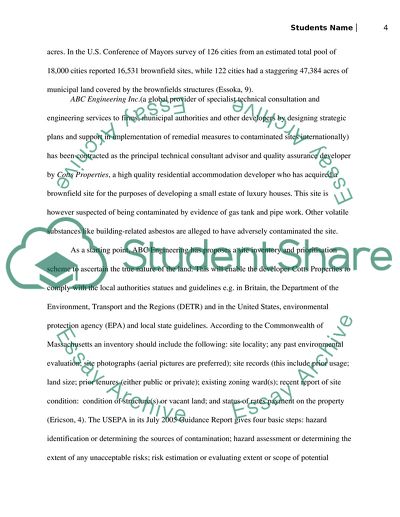Cite this document
(A Global Provider of Specialist Technical Consultation and Engineering Research Paper, n.d.)
A Global Provider of Specialist Technical Consultation and Engineering Research Paper. Retrieved from https://studentshare.org/architecture/1721003-building-for-a-sustainable-future
A Global Provider of Specialist Technical Consultation and Engineering Research Paper. Retrieved from https://studentshare.org/architecture/1721003-building-for-a-sustainable-future
(A Global Provider of Specialist Technical Consultation and Engineering Research Paper)
A Global Provider of Specialist Technical Consultation and Engineering Research Paper. https://studentshare.org/architecture/1721003-building-for-a-sustainable-future.
A Global Provider of Specialist Technical Consultation and Engineering Research Paper. https://studentshare.org/architecture/1721003-building-for-a-sustainable-future.
“A Global Provider of Specialist Technical Consultation and Engineering Research Paper”, n.d. https://studentshare.org/architecture/1721003-building-for-a-sustainable-future.


